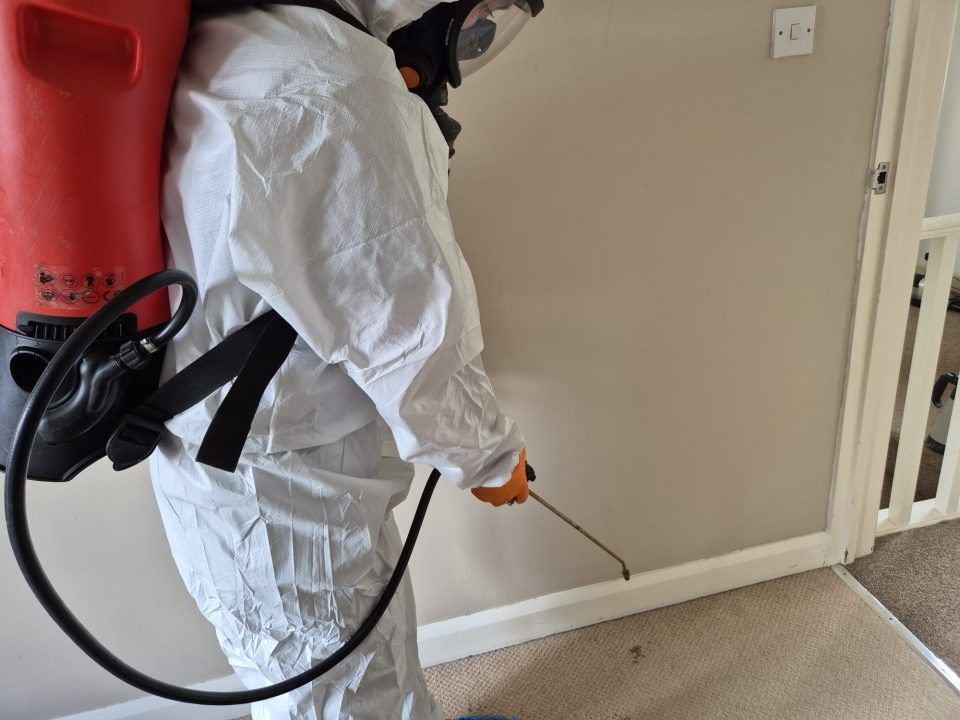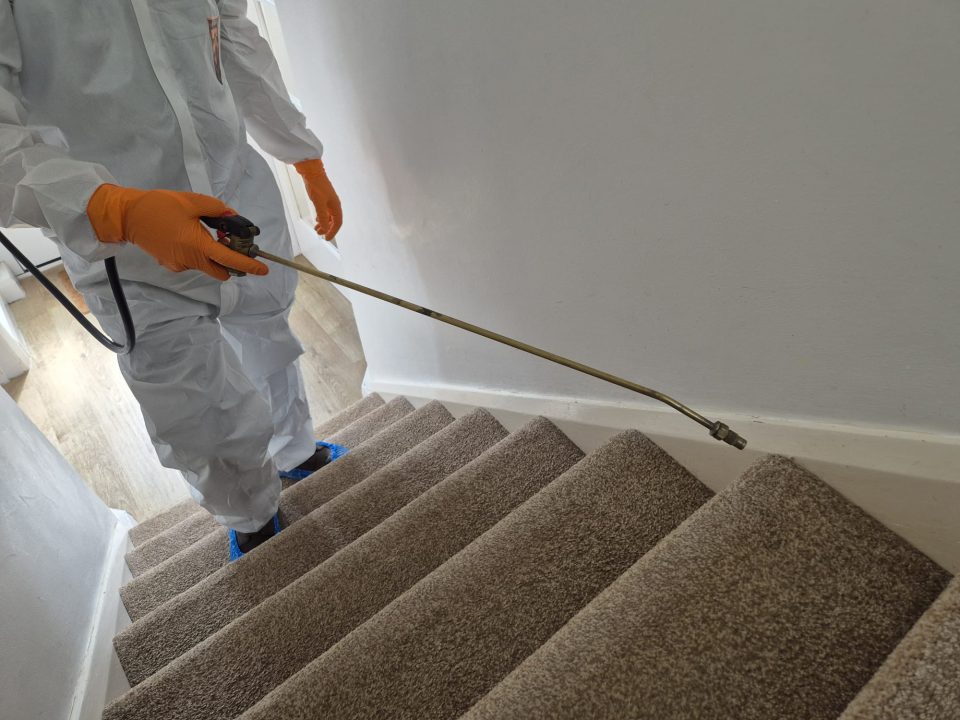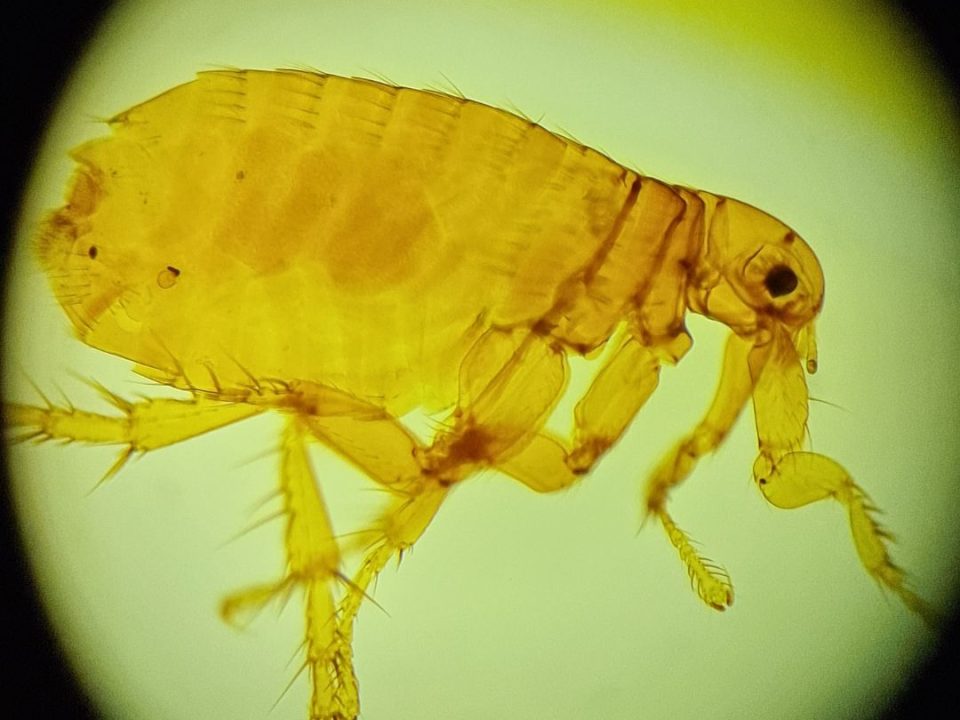
Why DIY Rat Control Keeps Failing – Foam, Traps & False Hopes
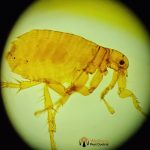
Flea Control Near Me
How Do You Find Where Rats Are Getting In?
Tracking Rat Activity in Homes: How Professional Methods Make the Invisible Visible
Rats are rarely seen in the open, especially in residential properties. Yet the signs of their presence — droppings, noises, or gnaw marks — are often clear enough to cause worry. For homeowners, this can be deeply unsettling. The challenge is that by the time activity is noticed, rats may already be well established in hidden spaces like lofts, wall voids, or subfloors. So, how do you find where rats are getting in?
As professional pest controllers, our role is not just to react, but to investigate, confirm, and understand the nature of the problem before taking action. Using a combination of specialist tracking tools and behavioural insight, we’re able to identify how and where rats are moving within a property — often without needing to dismantle or disrupt the structure.
This article outlines the kinds of techniques we use to uncover rat activity discreetly and efficiently, and how these methods help us design targeted, effective control strategies with minimal risk and maximum clarity.
Non-Toxic Monitoring Pastes
One of the most useful tools we have is a non-toxic bait paste that rats are naturally drawn to. These pastes don't pose any risk to people or pets, but they offer two major advantages: they show clear signs of feeding through gnaw marks, and in some cases, they cause any droppings or urine left behind to glow under UV light. This allows us to confirm rat activity even if you’ve never seen one — and gives us a clear idea of where they’re spending time in the property.
These are especially helpful in homes where rodent presence is suspected, but not yet confirmed. They also form part of routine monitoring for ongoing protection.
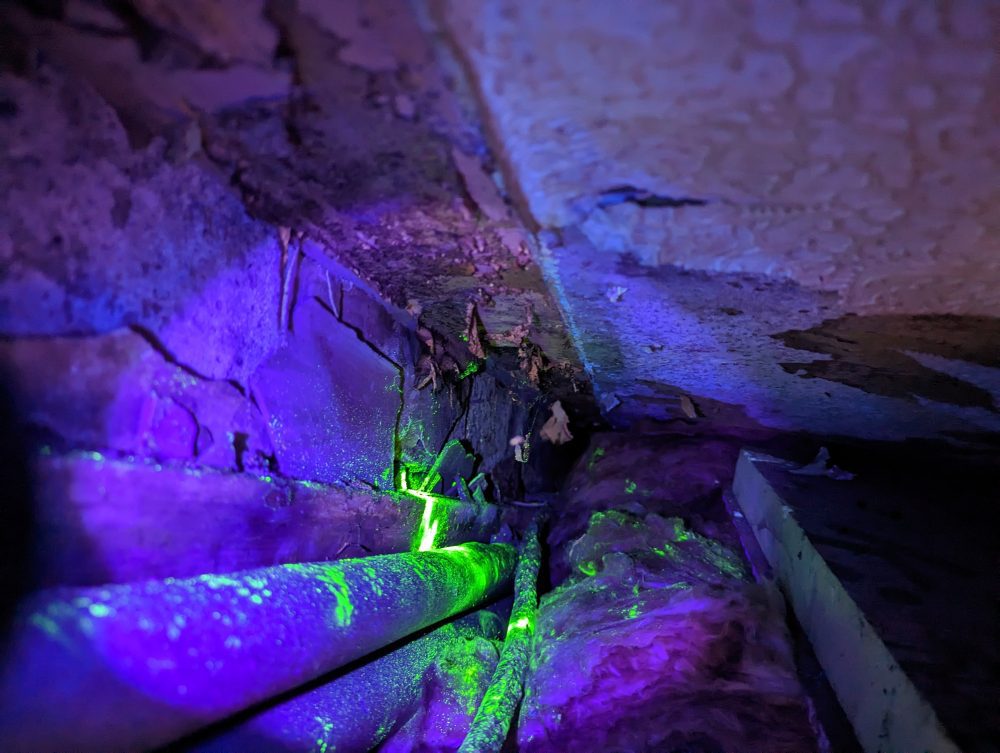

Chew Cards
Adapted from conservation and research work, chew cards are a simple but clever tracking tool. These are small, pre-baited panels that record bite marks when a rodent investigates them. By placing them in key areas — such as sheds, lofts, or near suspected entry points — we can quickly and cleanly gather evidence of rat activity.
They’re especially handy in areas where dusts or gels might get knocked or interfered with — such as gardens, communal spaces, or utility rooms.
Tracking Gels and Powders
In harder-to-access areas, we sometimes use clear gels or specialist dusts that rats walk through without noticing. These pick up footprints and tail marks that are invisible to the naked eye, but clearly visible under a UV light. When placed correctly — along pipework, wall edges, or floor voids — they give us a visual map of how rats are moving through a property.
These materials are clean, discreet, and safe when used by trained professionals. They're particularly useful in lofts, basements, or around known entry points.
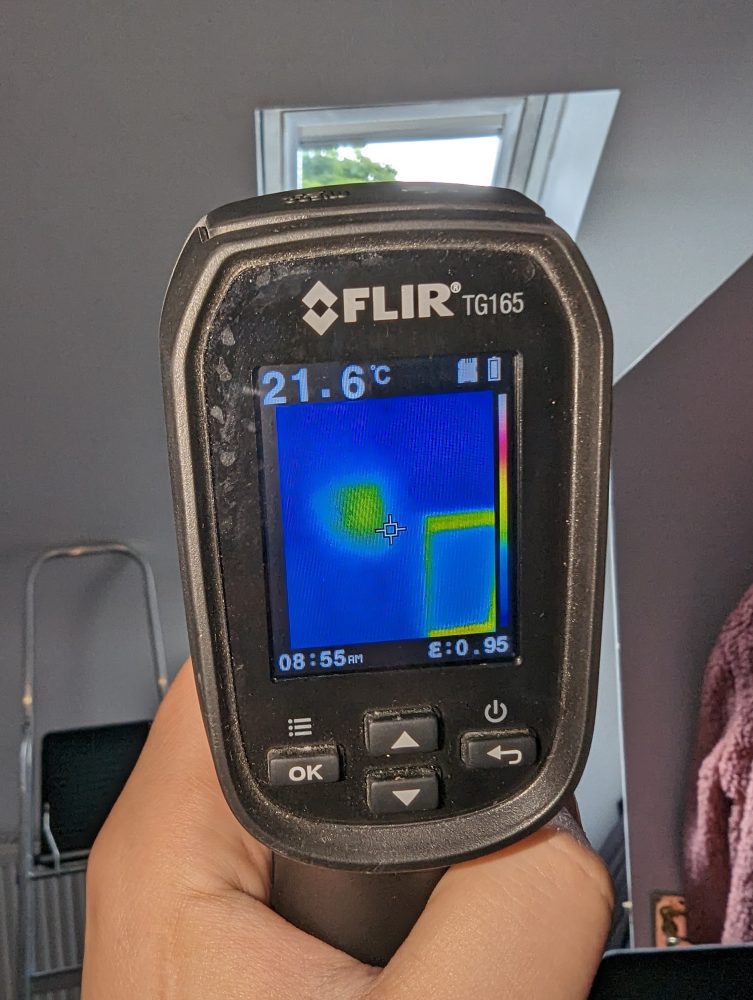
Cameras and Thermal Detection
Sometimes, the best way to catch a rat is to actually see it. We can deploy small, motion-activated cameras in areas like lofts or under decking to capture activity over time — perfect when other methods haven't turned anything up, but signs like droppings or noises suggest otherwise.
In larger or more remote properties, we may also use a thermal spotting scope — a tool that detects body heat — to locate rats in real time, even if they’re hiding in vegetation or structure voids.

Footprint Powder
As a more traditional option, we occasionally use fine powder — like talc or flour — to pick up footprints overnight. This can work well in quiet areas, like sealed loft spaces or under stair cupboards. However, in homes with pets or regular foot traffic, these powders are more likely to get disturbed, so they’re used more selectively.
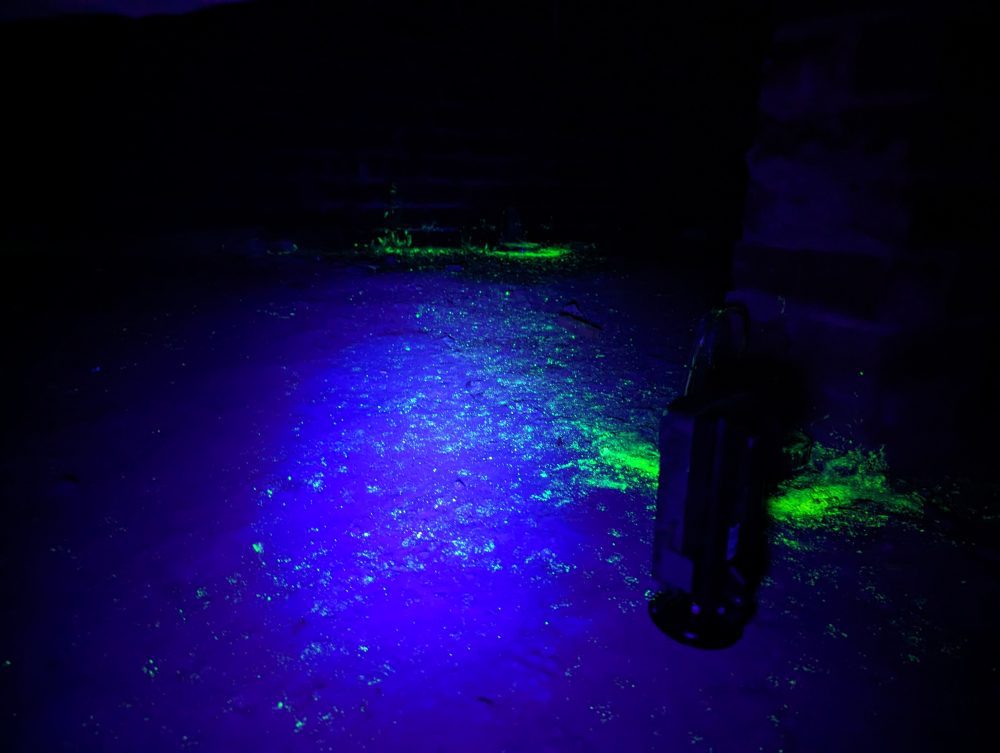
Understanding Rat Behaviour Is Key
All of these techniques work best because they’re based on how rats naturally behave. Rats don’t wander randomly — they follow walls, avoid open spaces, and travel the same hidden routes night after night. Our role is to detect these pathways and identify how they’re getting in — all while keeping disruption to your home to a minimum.
By using the right tracking method for the job, we can confirm activity, locate access points, and build a clear plan for control — without guesswork, and without overusing rodenticide where it’s not needed.

